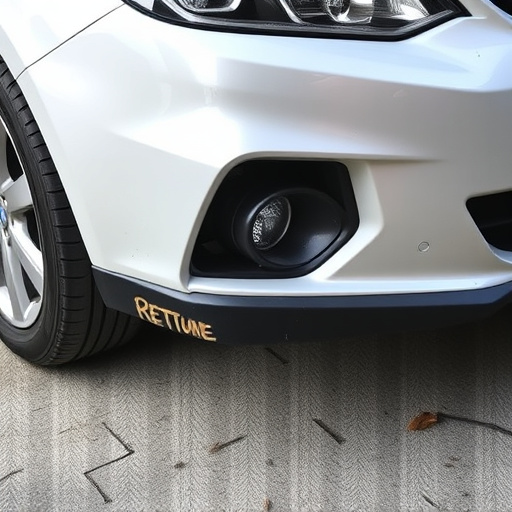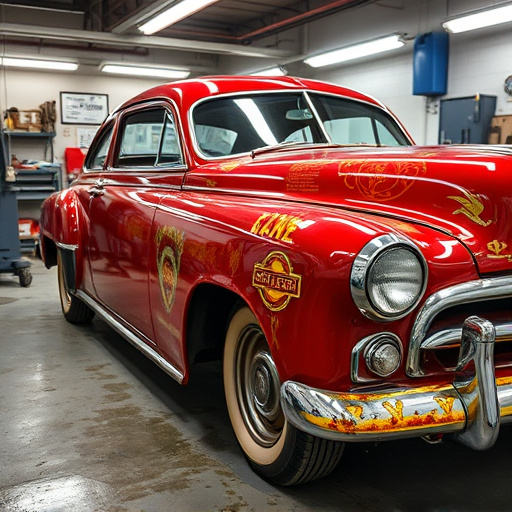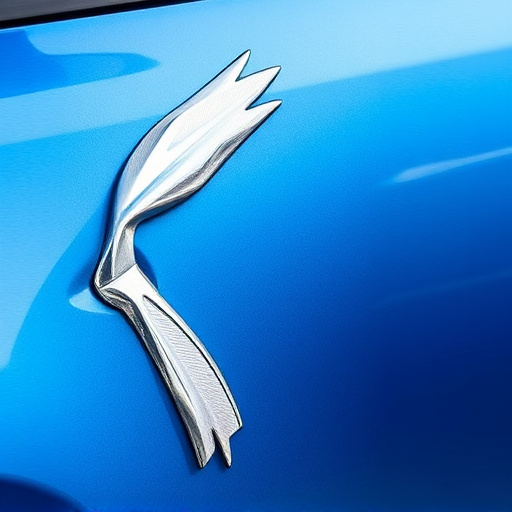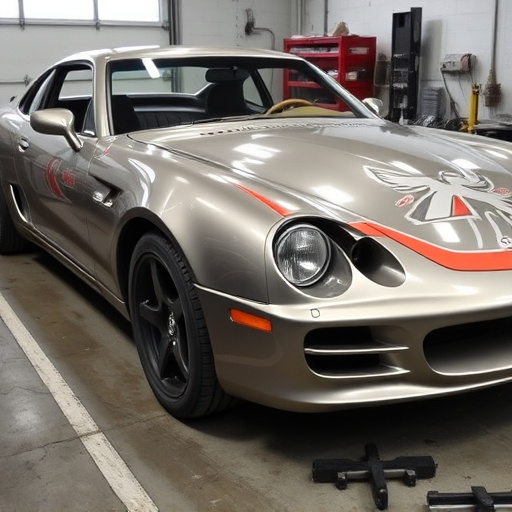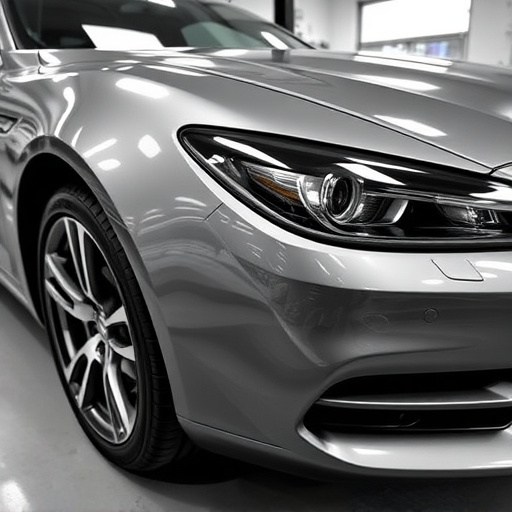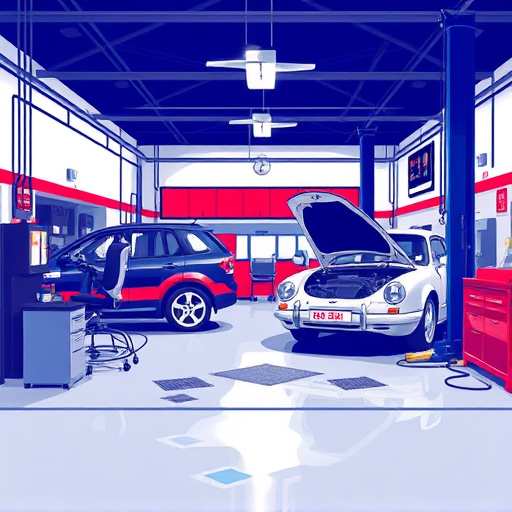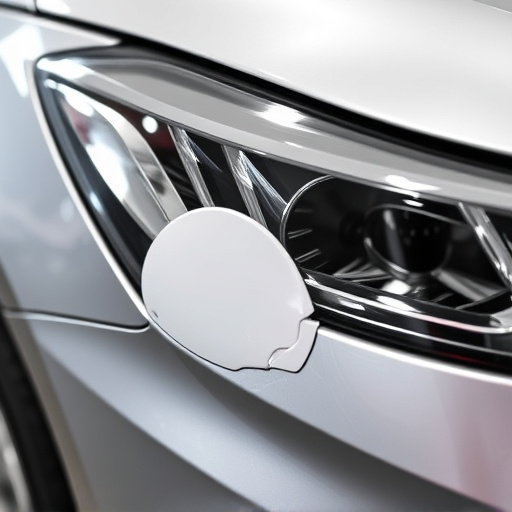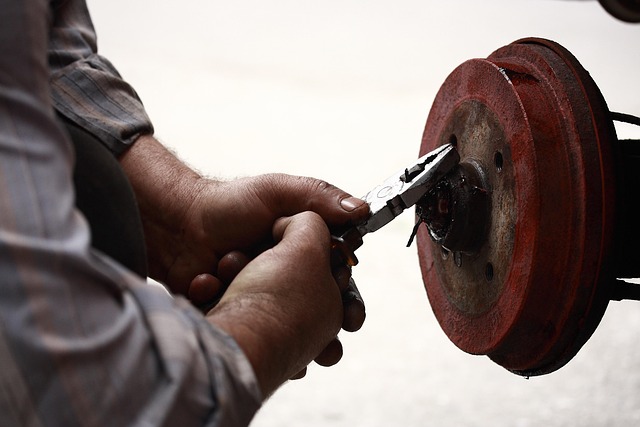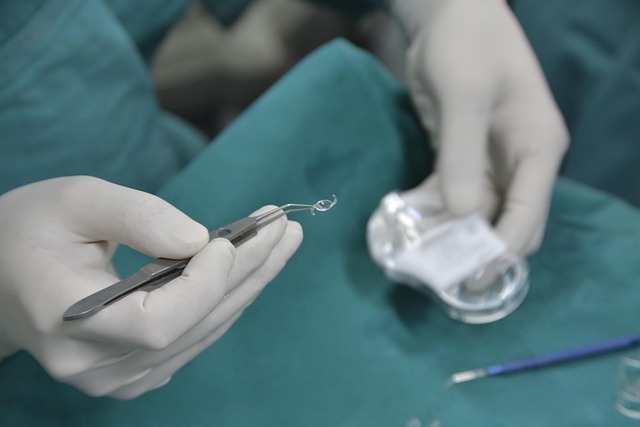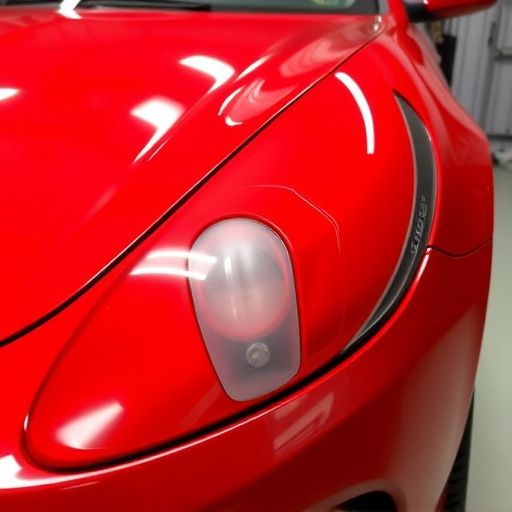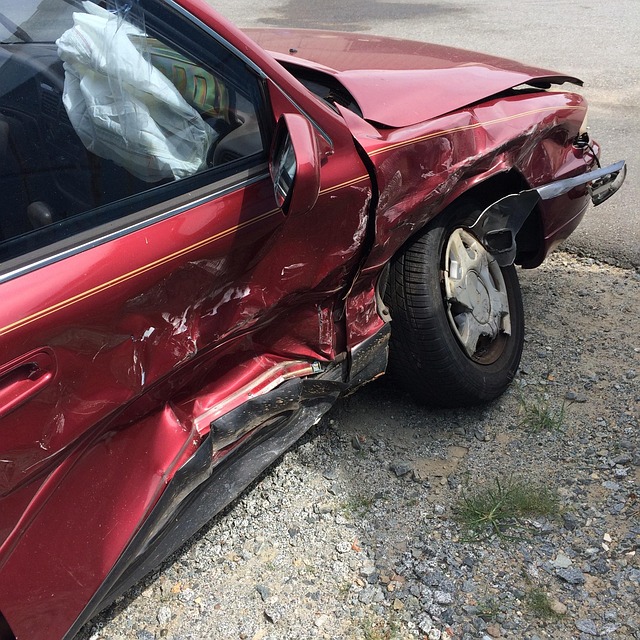Paintless Dent Repair (PDR), once a niche technique for minor car dents, has evolved into a preferred and cost-effective auto body repair method by 2025. Utilizing advanced tools and training, PDR technicians can remove dents, creases, and dings without repainting, significantly reducing costs and minimising downtime compared to traditional collision repair methods. Understanding the varying PDR costs based on damage extent, vehicle type, and technician skill is crucial for both consumers and body shops, ensuring fair pricing for quality services while promoting efficient auto maintenance practices.
In 2025, the landscape of automotive repairs continues to evolve with Paintless Dent Repair (PDR) as a prominent game-changer. This article delves into the history and rapid growth of PDR technology since its inception, transforming the automotive industry. With various cost factors influencing pricing—including labor, materials, and vehicle accessibility—the article explores why paintless dent repair cost still matters. From affordability to faster turnaround times and environmental benefits, PDR offers distinct advantages, making it a preferred choice for consumers and businesses alike.
- The Evolution of Paintless Dent Repair: A Brief Overview
- – Highlighting the history and growth of paintless dent repair (PDR) technology.
- – Discussing its popularity and widespread adoption in the automotive industry since its introduction.
The Evolution of Paintless Dent Repair: A Brief Overview

The evolution of paintless dent repair (PDR) has been a remarkable journey since its inception in the automotive industry. What started as a niche technique to fix minor car dents and scratches without repainting, has now become a sought-after service in 2025. This innovative approach has revolutionized auto body shops across the globe by offering a cost-effective and efficient solution for car bodywork repairs.
Gone are the days when automotive collision repair involved extensive painting and time-consuming processes. Today, PDR techniques allow technicians to remove dents, creases, and even minor dings from vehicle bodies without damaging the original paint finish. This not only reduces the need for costly repainting but also minimizes downtime for car owners. With advanced tools and training, auto body shops can provide high-quality repairs at a fraction of the traditional cost, making it an attractive option for both customers and businesses in the competitive automotive market.
– Highlighting the history and growth of paintless dent repair (PDR) technology.
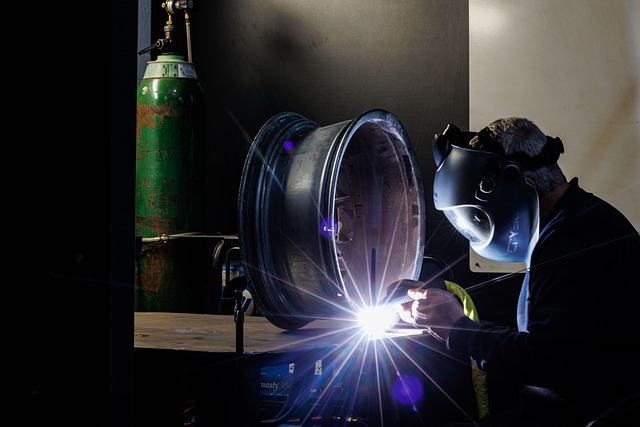
Paintless Dent Repair (PDR) has evolved significantly since its inception, transforming from a rudimentary technique to a sophisticated auto body repair method. Originally developed as an alternative to traditional paint and panel replacement, PDR now commands a prominent position in the automotive industry. This technology leverages specialized tools and techniques to remove dents and scratches from vehicle surfaces without damaging the factory finish. The 21st century has witnessed remarkable advancements, with digital precision tools enhancing the speed and accuracy of PDR treatments.
As we approach 2025, paintless dent repair cost remains a pivotal consideration for both consumers and car body shops alike. While modern PDR systems offer cost-effective solutions for minor damage, such as door dings and small scratches, they can still vary widely based on factors like the extent of the damage, vehicle make and model, and the expertise of the technicians involved. Understanding these variables is crucial when opting for paintless dent repair over traditional auto body shop repairs, ensuring that customers receive fair pricing for quality services while prioritizing efficient auto maintenance practices.
– Discussing its popularity and widespread adoption in the automotive industry since its introduction.

Since its introduction, paintless dent repair (PDR) has gained immense popularity and widespread adoption in the automotive industry. This innovative technique, which involves using specialized tools to gently push out dents without damaging the vehicle’s paintwork, has revolutionized the way car body shops address minor damages. PDR is now a go-to solution for auto collision repairs, offering significant advantages over traditional painting methods.
The cost-effectiveness of PDR compared to conventional repair methods remains a compelling factor in 2025. Auto body shops are increasingly recognizing the benefits of PDR, such as faster turnaround times, minimal down time for vehicles, and reduced labor costs. This has made it an attractive option for customers seeking efficient and affordable auto collision repair, solidifying PDR’s place as a preferred method for addressing dents and dings in cars and other vehicles.
Despite technological advancements, the paintless dent repair cost remains a significant factor for both consumers and auto body shops in 2025. While PDR’s popularity continues to grow, offering a cost-effective alternative to traditional painting methods, pricing transparency and accessibility remain crucial. As competition intensifies, understanding the paintless dent repair cost and its underlying factors will be key to ensuring a fair and efficient service for all.
